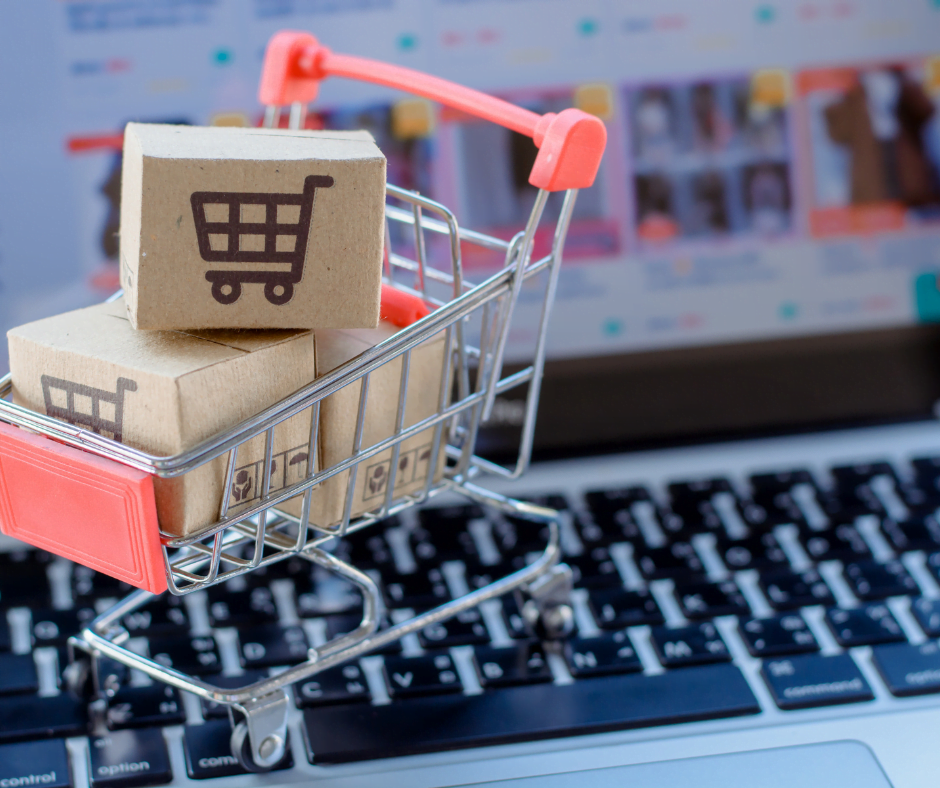Would you like to boost sales while actively controlling how you present your products? Watch out for these marketplaces.
Leveraging the shifting responsibilities in the value chain
Many businesses across the value chain are struggling to keep up with the changes that the marketplace evolution brings. Retailers are struggling to balance between ‘owned’ stock and third-party resellers, wholesalers are struggling with regional exclusivity and sudden direct-to-consumer deliveries and customer care, and brand owners need to manage this ‘new’ channel in their online and offline sales channels.
These are strategic issues that warrant their own separate, deep dives. This article covers connecting to marketplaces, especially when considering product information. However, the value chain is shifting rapidly, creating uncertainty while opening up a massive opportunity.
What data should I connect?
Though this article focuses on product information, connecting additional data streams is necessary to sell on marketplaces. You can often manage each data stream separately manually (uploading .csv or Excel files, manually editing products in a ‘supplier portal’) and automatically (often in various degrees: from hourly FTP uploads to near-instant API calls). Both work, but for each of the streams discussed below, you should consider the business case of automating:
- Product information: images, descriptions, attributes. It would help if you propagated your product changes to all channels (your website, marketplaces, and advertising) to ensure their synchronization and consistency.
- Stock and price: since stock (and price, but to a lesser degree) can change quickly, you want this to be as automated as possible. Not having items in stock leads to unhappy customers and lost sales and might lead to being banned from the marketplace.
- Order operations: orders that come in need to be marked ‘shipped’ (often with T&T) on the marketplace, and you want your returns to be managed as automatically as possible. Though the latter is not as important (returns require a lot of manual labor anyway), you want orders shipped as soon as possible.
With that intro behind us, how should you connect?
How to connect to marketplaces
On to our main question: how should you connect to marketplaces? We discern three ‘main’ ways of connecting to marketplaces. Still, the best setup for your organization depends on many factors, including both the current setup of your organization and plans for the future.
However, in general, you can fit any setup in one of the following categories:
- Manual Connections
- PIM Plugins/Customization
- Syndicators/Aggregators
We’ll dive into each separately below, but first, a quick overview of how they compare in a graphical form:

Manual Connections
We touched on it before, but most marketplaces support manual connections. That is uploading/downloading .csv or Excel files, manually changing products on the marketplace using a web portal, or any other exchange requiring manual effort. There are some advantages: it’s super flexible, you can get started immediately, and most of your existing systems will have some way of manually exporting data.
Want to determine your PIM profile for free?
We help organizations find the right PIM Solution for their organization. We match your PIM profile to our database of PIM solutions and find the best fit. For free.
Get your in-depth shortlistStill, it is not ideal. Some marketplaces do not support manual changes; it is labor-intensive (and exponentially so as your product database grows) and error-prone. You can manually manage your product information on a marketplace, updating it only when you release new products. But even that soon gets complicated if you offer the same product on both your B2B site, a B2C shop, and a marketplace: you need to make the change on each of them (and in your internal product database).
PIM plugins / Customization
Secondly, you can let your Product Information Management Tool handle the connection to marketplaces. It allows you to keep your product data “close” and customize connections specifically to your needs. It might be a feature already included in your PIM. Some PIM systems offer marketplace integrations out of the box, and others require extensive customization: it pays to keep that in mind during a PIM selection process.
It does have drawbacks though: managing these connections yourself can be time-consuming (or budget-consuming if a third party is). They will also cover only the Product Information “data stream” (sometimes stock and pricing) but usually do not cover the order operations.
Syndicators/Aggregators
And last but not least, you can use a dedicated third party to manage your marketplace connections. These syndicators are the “middleware” of the marketplace era but are very useful. Companies like ChannelEngine, ProductFlow, or Channable specialize in streamlining the output process: they allow you to easily map your internal product data to all the external channels you want to sell your products on. From Google Shopping to Amazon, they ensure your product catalog is up-to-date.
Relying on specialists has clear advantages: they make sure the connection with the marketplaces keeps working (they tend to upgrade/downgrade quite often, let alone change categories and hierarchies) and their software often allows for smart rules (filling fields, combining fields, doing calculations) that allow you to maintain the same margins across geographies (as they update the pricing for you) or sell different collections on different marketplaces.
They charge a fee for this service; however, setting them correctly requires a significant time investment. Still, they can be a great tool if they work (especially when they support stock updates and order operations through automated connections).
Want to learn more about PIM?
If you have any questions regarding Product Information Management, from PIM Selection to Implementation or how a PIM would fit in your IT landscape? Feel free to browse our Knowledge Base of articles on everything PIM related.
Visit our Knowledge Base

